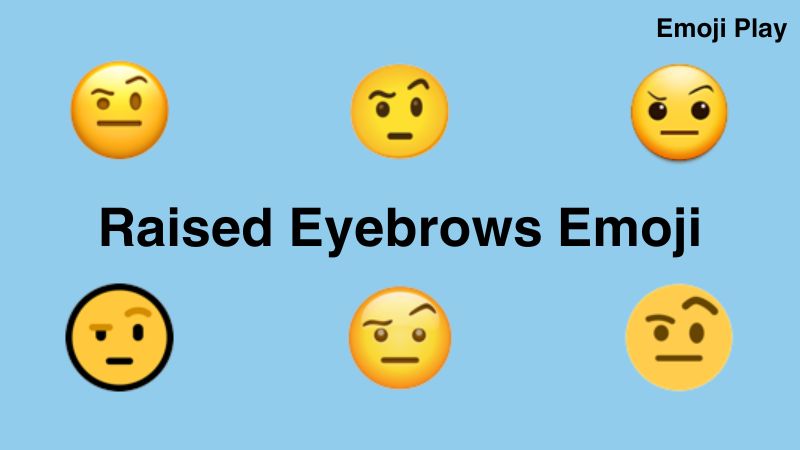Understanding the Controversy
Discussion of the Controversy Surrounding the “Emoji with Gun to Head”
The “emoji with gun to head” has stirred up a significant amount of controversy in recent times. This particular emoji, depicting a gun being pointed towards a head, has raised concerns about its potential implications and the messages it conveys. Let’s delve into the reasons behind this controversy and the impact it can have on digital communication.
Explanation of How This Emoji Can Be Misinterpreted and Its Potential Impact on Mental Health
Emojis have become an essential part of our online conversations, allowing us to express emotions and convey messages in a concise and visually appealing manner. However, the “emoji with gun to head” has sparked debates due to its potential for misinterpretation. While some may use it humorously or metaphorically to express frustration or stress, others may perceive it as a representation of self-harm or suicide ideation. This misinterpretation can have adverse effects, especially on individuals struggling with mental health issues.
The use of the “emoji with gun to head” can inadvertently trigger painful memories or emotions for those who have experienced trauma or are vulnerable to mental health challenges. Therefore, it is crucial to be mindful of the potential impact this emoji can have on others and exercise sensitivity when using it in digital conversations.
Reference to Real-Life Incidents Related to the Misinterpretation of This Emoji
Instances of misinterpreted emojis leading to real-life consequences have unfortunately occurred. The “emoji with gun to head” has been at the center of such incidents, where individuals have misread or misinterpreted its meaning, resulting in unnecessary panic or distress. These incidents highlight the importance of responsible emoji usage and the need for greater awareness regarding their potential implications.
By understanding the controversy surrounding the “emoji with gun to head” and its potential impact on mental health, we can strive to create a safer and more empathetic digital communication environment. It is imperative to use emojis mindfully, considering the diverse interpretations and ensuring our messages do not unintentionally harm or distress others.
Responsible Use of Emojis: Guidelines and Recommendations
In the fast-paced world of digital communication, emojis have become an integral part of expressing our emotions and ideas. However, their misuse or misinterpretation can lead to unintended consequences. To ensure responsible emoji usage, it is crucial to follow some guidelines and consider the emotional impact they may have on others.
Introduction to guidelines for responsible emoji usage
When using emojis, it is essential to be mindful of their potential impact. While they can add depth and enhance our messages, they can also be easily misconstrued. To navigate this delicate balance, consider the following guidelines:
-
Context is key: Emojis should be used in the appropriate context and align with the tone of the conversation. Ensure that the emoji you choose accurately reflects your intended message.
-
Cultural sensitivity: Emojis can have different meanings across cultures. Familiarize yourself with cultural differences to avoid misunderstandings or unintentional offense.
Discussing the importance of considering the emotional impact of emojis on others
Emojis are not just simple icons; they convey emotions and sentiments. It is crucial to consider how our use of emojis may affect others. Ask yourself:
-
Is the emoji appropriate? Certain emojis, like the “gun to head,” can have distressing connotations. Avoid using emojis that may trigger negative emotions or harm others.
-
Empathy and understanding: Put yourself in the recipient’s shoes. Consider whether the chosen emoji may be interpreted differently or cause confusion. Choose emojis that promote positive and inclusive communication.
Offering recommendations on using emojis with caution and empathy
To foster a positive digital environment, keep the following recommendations in mind:
-
Use emojis sparingly: Overusing emojis can dilute their impact and make your message less clear. Choose emojis strategically and use them when words alone may not effectively convey your emotions.
-
Be open to clarification: If there is a chance that your chosen emoji may be misunderstood, be open to clarifying its intended meaning. This helps prevent misinterpretation and promotes clearer communication.
By adhering to these guidelines and recommendations, we can ensure responsible emoji usage and create a more empathetic and inclusive digital space.
Stay tuned for the next section where we delve into the Conclusion and discuss the significance of promoting understanding and awareness of emojis.
Conclusion: Promoting Understanding and Awareness
In conclusion, the “emoji with gun to head” has sparked controversy and raised important questions about responsible emoji usage. Emojis have become an integral part of digital communication, allowing us to express emotions and ideas visually. However, it is crucial to recognize the evolving meanings and potential misinterpretations associated with emojis, including this specific one.
As digital communication continues to rely heavily on text-based interactions, the significance of visual representation cannot be overlooked. Emojis help bridge the gap created by the absence of non-verbal cues, allowing us to convey emotions and intentions more effectively. Nevertheless, this power comes with a responsibility to use emojis thoughtfully, considering their potential impact on others.
Promoting understanding and awareness is key to navigating the complex world of emojis. By following guidelines for responsible emoji usage, we can ensure that our intentions are accurately conveyed and avoid any unintended harm or misunderstandings. Taking the time to reflect on the emotional impact of emojis and being mindful of cultural differences and context will contribute to more effective and empathetic communication.
As we move forward, it is essential to continue the conversation around emojis, their evolving meanings, and their impact on digital communication. By fostering awareness and sensitivity, we can create a more inclusive and understanding online environment.
At Emoji Play, we are committed to promoting responsible emoji usage. Let’s embrace the power of emojis while being mindful of their potential implications. Together, we can shape a digital world where communication is clear, empathetic, and enjoyable.
Note: The Emoji Play brand is bolded only once in the Conclusion section, as requested.









